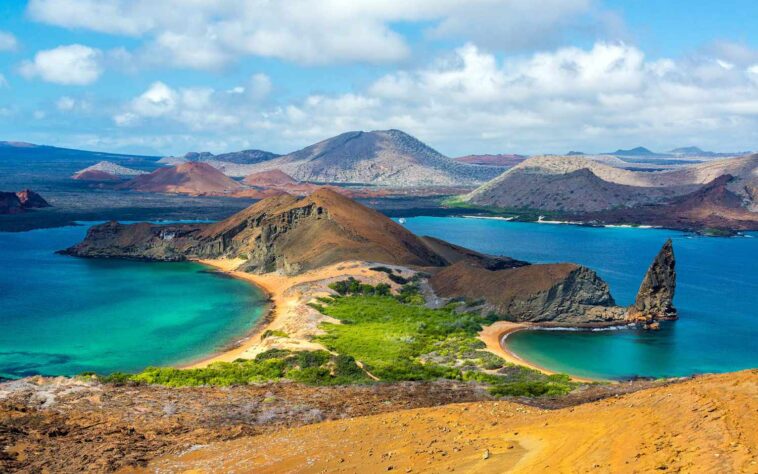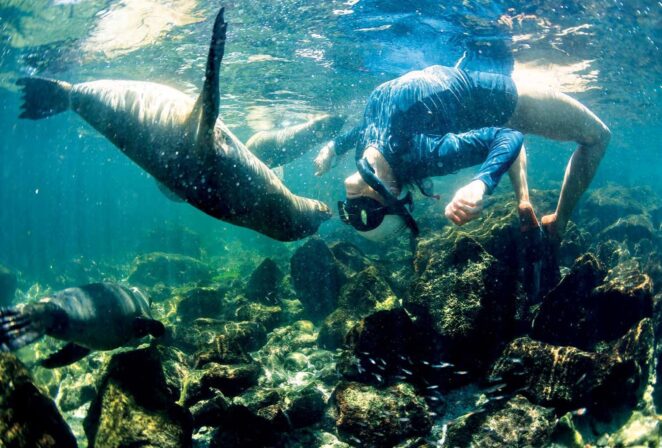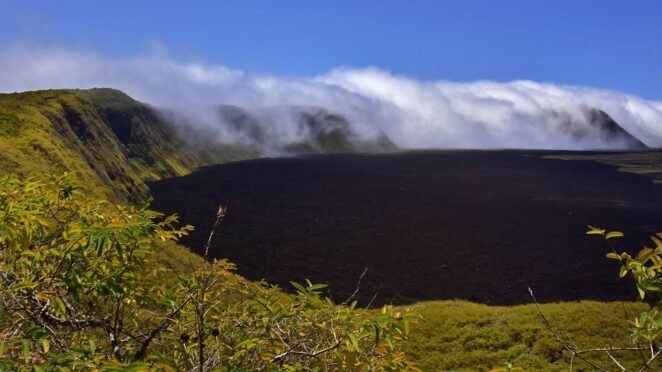A number of good reasons make the a must-visit destination: Friendly animals like playful sea lions and enormous sea tortoises let visitors get up close and personal because they don’t have any natural predators.
This 620-mile-long archipelago of Galapagos Islands approximately 19 islands and numerous smaller islets in the Pacific Ocean is both a protected land and sea World Heritage Site and the inspiration for Charles Darwin’s Theory of Evolution.
From barren black volcanic rocks to stretches of white sand beaches that melt into gemstone-blue waters, each island has its own distinctive landscape.
When to Visit?
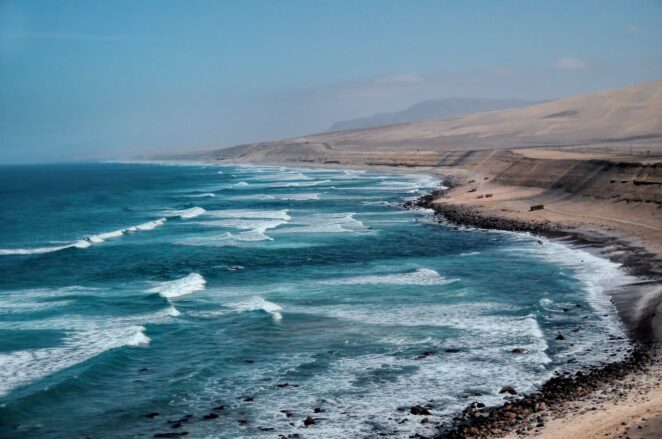
This depends on what you want to see and do. June, July, and August are typically the busiest months for tourism, as are the middle of December and middle of January, when prices are typically at their highest.
The ocean is at its calmest from December to May during the hot, rainy season, when daily rains give way to mostly sunny skies and temperatures reach the 80s.
The Humboldt Current, which brings chilly water and temperatures in the 70s, makes June through November the cooler and dryer season.
Even though the seas are rougher, experienced divers say that the best time to visit is when the water is colder, which draws even more amazing marine life (like huge hammerhead shark schools).
Additionally, this is the time of year when visitors to Wolf and Darwin islands have a better chance of seeing famous whale sharks.
Tours, Adventure, and Life Visiting
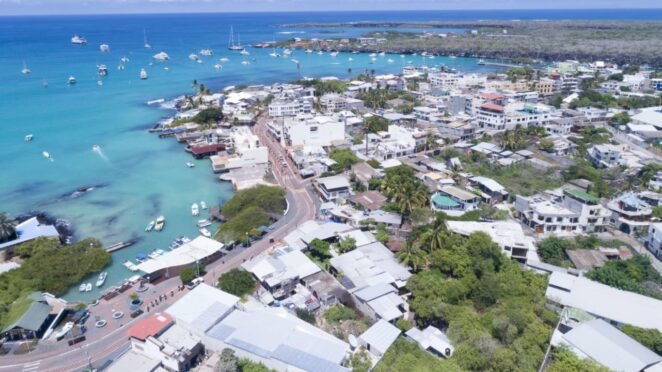
The majority of the islands requires a permit from the Galapagos National Park for a guide. From Santa Cruz’s main tourist destination of Puerto Ayora, day trips to some of the islands can be booked, but the best way to see the Galapagos’ more remote islands and wildlife is on a small yacht cruise.
Even though the national park only allows boats with a maximum of 100 passengers, disembarking all of them at once can overcrowd a beach.
The ideal tour boats only accommodate small groups of 16 to 32 passengers. Small cruises, land-based hiking trips, eco-hotels, multi-sport tours, and dive excursion add-ons are all offered by Adventure Life, a sustainable travel company.
It is recommended that reservations be made at least a few months in advance because boats frequently overflow during peak season. Travel agencies in Quito’s Mariscal district or Puerto Ayora’sAvenida Charles Darwin may offer last-minute deals at deep discounts; however, you run the risk of not even finding an opening, having to wait a long time, or having to accept traveling on a lower-quality ship.
How to Get There?
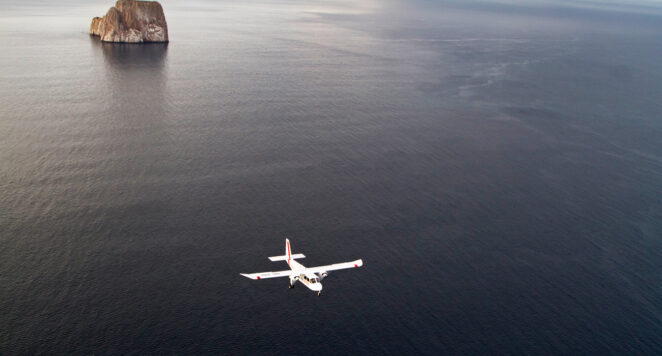
To get to Ecuador’s mainland, you must first fly into either Quito or Guayaquil, the country’s capital. Guayaquil is nearer to the islands. If you have the option, fly here to save time because most flights from Quito to the Galapagos stop here.
From the United States, American Airlines, Delta, and Continental/Copa all fly to Ecuador. The majority of Galapagos flights depart either in the early morning or in the evening, so you’ll probably need to spend the night on the mainland.
The best way to get to the Galapagos Islands is to fly into Baltra Island and then take a bus or ferry to Puerto Ayora, the most popular tourist destination on Santa Cruz Island. Flying into Puerto Baquerizo Moreno, the island’s capital is another option; however, the majority of cruises depart from Santa Cruz. Domestic airlines like TAME, LAN, and Aerogal accept reservations.
Although many tours do not include airfare in their package prices, inquire about booking airfare through the cruise line you are considering.
Because they may pre-arrange group flight bookings with the airlines to ensure the best rates and that everyone arrives on the same flight, some businesses charge a fee if you book those internal flights on your own.
Where to Stay?
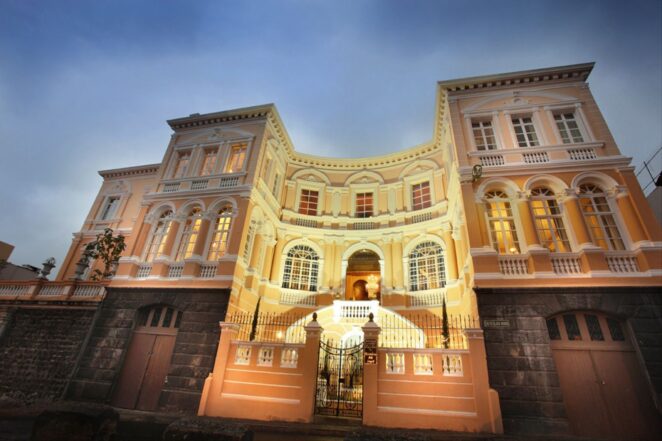
The Leading Hotels of the World, Ltd. If you’re flying into Quito, stay at the 14-room boutique hotel Mansion Del Angel. It has a tranquil garden, serves a delicious buffet breakfast, and is only about a 10-minute walk from the main tourist area.
Keep in mind that the new Quito airport is a long drive from Quito itself; if you are arriving late and leaving early for your Galapagos flight, you should sleep closer to the airport.
The Hotel Oro Verde Guayaquil is a convenient option if you’re flying into Guayaquil because it has good service and offers a free shuttle to the hotel, which is only about 10 minutes away.
Santa Cruz is where most Galapagos tours begin and end. The Finch Bay Eco Hotel might be worth your while to stay at for an additional night. It has its own private beach where you can swim, kayak, and snorkel—all within a short ferry ride of the Puerto Ayora dock. If you want to know more about lodging options, compare all accommodations with cozycozy.
What To Do?
-
Watching wildlife
Oh my, penguins, albatrosses, and blue-footed boobies! Due to its isolation and remoteness, the Galapagos is home to numerous species. Tip: You can beat the heat and the crowds by asking your boat tour operator to make shore landings by 5:50 a.m.
-
Swimming

Source: pocketmags.com
On Wolf and Darwin Islands, liveaboards will take you to the best dive spots, where you might see hammerhead sharks, whale sharks, eagle rays, large jackfish schools, and more.
-
Scuba diving
Sea lions and Pacific sea turtles will likely be swimming alongside you when you snorkel off any island. Kicker Rock and Isla Lobos off the coast of San Cristobal are excellent spots.
-
Camping

Source: galapagosinsiders.com
To see a variety of vegetation, hike across dried lava beds along the rim of one of the active volcanoes in the archipelago or into the highlands. Hiking around Sierra Negra, the second-largest crater in the world, on Isabela, the largest island with six volcanoes, is a good bet.
-
Canoeing
Tortuga Bay in Santa Cruz offers guided kayak rentals.
-
Web surfing
In ports like Santa Cruz and San Cristobal, rent boards are common.



